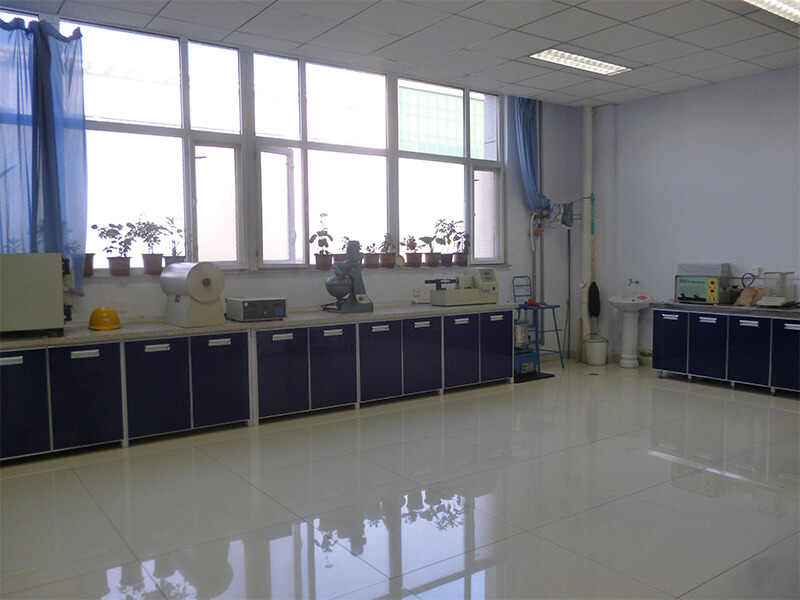- Afrikaans
- Albanian
- Amharic
- Arabic
- Armenian
- Azerbaijani
- Basque
- Belarusian
- Bengali
- Bosnian
- Bulgarian
- Catalan
- Cebuano
- China
- China (Taiwan)
- Corsican
- Croatian
- Czech
- Danish
- Dutch
- English
- Esperanto
- Estonian
- Finnish
- French
- Frisian
- Galician
- Georgian
- German
- Greek
- Gujarati
- Haitian Creole
- hausa
- hawaiian
- Hebrew
- Hindi
- Miao
- Hungarian
- Icelandic
- igbo
- Indonesian
- irish
- Italian
- Japanese
- Javanese
- Kannada
- kazakh
- Khmer
- Rwandese
- Korean
- Kurdish
- Kyrgyz
- Lao
- Latin
- Latvian
- Lithuanian
- Luxembourgish
- Macedonian
- Malgashi
- Malay
- Malayalam
- Maltese
- Maori
- Marathi
- Mongolian
- Myanmar
- Nepali
- Norwegian
- Norwegian
- Occitan
- Pashto
- Persian
- Polish
- Portuguese
- Punjabi
- Romanian
- Russian
- Samoan
- Scottish Gaelic
- Serbian
- Sesotho
- Shona
- Sindhi
- Sinhala
- Slovak
- Slovenian
- Somali
- Spanish
- Sundanese
- Swahili
- Swedish
- Tagalog
- Tajik
- Tamil
- Tatar
- Telugu
- Thai
- Turkish
- Turkmen
- Ukrainian
- Urdu
- Uighur
- Uzbek
- Vietnamese
- Welsh
- Bantu
- Yiddish
- Yoruba
- Zulu
Sep . 22, 2024 11:38 Back to list
ductile iron foundries
Ductile Iron Foundries Innovations and Applications
Ductile iron, also known as ductile cast iron or spheroidal graphite iron, has emerged as a key material in various engineering industries, thanks to its remarkable mechanical properties and versatility. The process of producing ductile iron occurs in specialized foundries where extensive expertise and advanced technology come together to manufacture high-quality castings that meet diverse demands.
One of the primary advantages of ductile iron is its exceptional tensile strength and ductility, which is a result of the unique configuration of graphite within the material. Unlike traditional cast iron, where graphite appears in flakes, ductile iron features nodular or spheroidal graphite. This configuration enhances the iron's overall toughness and resistance to impact, making it suitable for applications where durability is critical.
At ductile iron foundries, the production process begins with the selection of high-quality raw materials, including scrap iron, pig iron, and alloying elements. The melting of these materials occurs in electric arc furnaces or induction furnaces, where temperatures reach around 1,450 degrees Celsius. Once the molten iron is ready, it undergoes a process known as spheroidization, during which certain alloying agents, such as magnesium, are added. This step is crucial as it transforms the structure of the graphite, promoting the formation of spherical nodules.
After spheroidization, the molten iron is poured into mold patterns to create specific shapes and sizes of castings. Foundries utilize various molding techniques, including sand casting and resin sand casting, depending on the complexity and precision required for the final product. Once the iron cools and solidifies, the castings are removed from the molds and subjected to a series of finishing processes, including machining, heat treatment, and surface coating to enhance properties and appearance.
ductile iron foundries

Ductile iron foundries play a vital role in a spectrum of industries. The automotive sector, for example, leverages ductile iron in producing critical components such as engine blocks, crankshafts, and suspension parts. The material's ability to withstand high stress and its excellent fatigue resistance contribute significantly to the performance and longevity of automotive vehicles.
In addition to automotive applications, ductile iron is widely used in the manufacturing of pipelines and fittings for water and wastewater systems. Its corrosion resistance and strength make it an ideal choice for underground utilities. The construction industry also benefits from ductile iron castings, which are utilized in producing manhole covers, frames, and access fittings, providing safety and durability in urban settings.
Innovations in ductile iron foundries have fostered advancements in production techniques and material formulations. Sustainability has become a focal point, with many foundries adopting practices that minimize waste and reduce energy consumption. The recycling of scrap iron is an integral part of the production cycle, enhancing the environmental credentials of ductile iron as a preferred material.
In conclusion, ductile iron foundries are essential to modern manufacturing, delivering materials that combine strength, durability, and versatility across various applications. As industries continue to evolve, the demand for high-performance materials like ductile iron is expected to grow, driving further innovations in foundry practices and technologies.
-
8mm Thin-Walled Cast Steel Manhole Cover Pallet Bottom Ring | Durable
NewsAug.04,2025
-
Premium Cast Iron Water Main Pipe: Durable, Corrosion-Resistant
NewsAug.03,2025
-
Durable Cast Iron Water Mains | AI-Optimized Systems
NewsAug.02,2025
-
High-Efficiency Propane Boiler for Baseboard Heat | Save Energy
NewsAug.01,2025
-
Premium Source Suppliers for Various Gray Iron Castings
NewsJul.31,2025
-
Durable Cast Iron Water Main Pipes | Long-Lasting
NewsJul.31,2025


